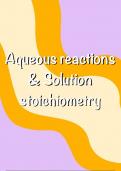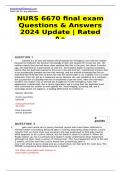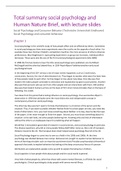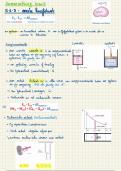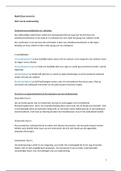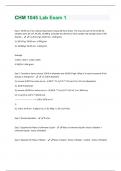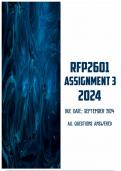Class notes
Aqueous reactions & Solution Stoichemtry Chemistry (HC) notes
- Course
- Institution
The following notes contain a detailed summary on the Aqeuous reactions and Solution stoichiometry section covered in Chem1028/29 Chemistry half course. The notes cover the following sections: Properties of aqeuous solutions Electrolytes (including solvation) Major reaction types Precipita...
[Show more]
